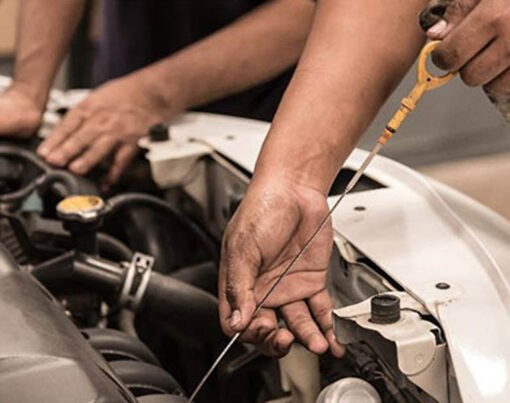Texas, also called the Lone Star State, is known for its vast landscapes, diverse cities, and vibrant culture. Whether you’re relocating to Texas or leaving the state, there may come a time when you need to transport your car to or from this great state. Car transport in Texas can be a hassle-free experience if you’re well-informed and make the right choices.
This comprehensive guide will walk you through the process of shipping a car to and from Texas, ensuring a smooth and stress-free journey.
Table of Contents
Understanding Your Options
Before you dive into the logistics of car transport, it’s crucial to understand the various options available. There are several ways to move your vehicle to or from Texas, and your choice depends on your specific needs and budget. The most common options include:
- Open Transport: This is the most cost-effective method, where your car is transported on an open-air trailer. While this option is safe, your vehicle may be exposed to the elements during the journey.
- Enclosed Transport: If you have a valuable, luxurious, or classic car, enclosed transport is the way to go. Your vehicle will be placed inside a closed trailer, protecting it from weather, dust, and road debris.
- Door-to-Door vs. Terminal-to-Terminal: You can choose to pick your car up and delivered directly to your doorstep or opt for terminal-to-terminal service where you drop off and pick up your vehicle at designated terminals.
Research and Choose a Reliable Company
Selecting the right auto transport company is the most critical step in the car shipping process.
- Research: Start by researching various car transport companies. Read customer reviews, check their ratings on platforms like the Better Business Bureau, and ask for recommendations from friends or family.
- Verify Licensing and Insurance documents: It is a crucial step in case of any unforeseen incidents during the transport.
- Request Quotes: Contact several companies for quotes. Be sure to provide accurate information about your vehicle, the distance it needs to travel, and any specific requirements you may have.
- Compare Prices and Services: Compare the quotes you receive and evaluate the services offered. Don’t automatically choose the lowest price; consider the reputation and reliability of the company as well.
- Book in Advance: After finding a reputable company that meets your requirements, book your car transport service well in advance to secure your preferred dates.
Prepare Your Vehicle for Transport
Before your car is loaded onto the transport vehicle, there are a few important steps you should take to ensure its safety and a hassle-free experience:
- Clean Your Car: Wash your car thoroughly, both inside and out, to make it easier to inspect for any pre-existing damage.
- Document Existing Damage: Take clear photos of your vehicle from all angles and make a detailed inspection report. This will serve as a reference point should any damage occur during transport.
- Remove Personal Items: Remove all personal items from your vehicle. Auto transport companies are not responsible for personal belongings left inside the car.
- Fuel Level: Ensure your car’s fuel level is around a quarter of a tank.
Schedule Pickup and Delivery
Once you’ve chosen a transport company, coordinate the pickup and delivery of your vehicle. Ensure your presence at both locations during these times, or appoint a trusted representative if you’re unable to do so yourself.
- Pickup: When the transport vehicle arrives to pick up your car, thoroughly inspect it with the driver to confirm its condition. Sign off on the Bill of Lading, which is a crucial document outlining the pre-existing condition of your vehicle.
- Delivery: Upon delivery, follow the same procedure. Inspect your car carefully, noting any changes in its condition, and compare it to the initial Bill of Lading. If there’s any damage that occurred during transport, report it immediately and document it with photos.
Cost Factors and Considerations
The cost of shipping a car to or from Texas can vary widely based on several factors:
- Distance matters: Shipping within Texas will be less expensive than transporting your car across the country.
- Vehicle Type: Larger, heavier vehicles may cost more to transport, while smaller cars are typically more affordable.
- Transport Type: Enclosed transport tends to be more expensive than open transport due to the additional protection provided.
- Seasonal Demand: The time of year can affect pricing. Rates may be higher during peak seasons and lower during off-peak times.
- Insurance: Optional insurance coverage may increase the cost but can provide peace of mind in case of unforeseen incidents.
Conclusion
Shipping your car to or from Texas can be a seamless process with the right knowledge and preparation. By understanding your options, choosing a reliable car transport in Texas, preparing your vehicle, scheduling pickup and delivery, and considering the cost factors, you can ensure a stress-free experience. Whether you’re relocating to the Lone Star State or leaving it behind, your vehicle can safely and efficiently make the journey, allowing you to focus on the exciting new chapter in your life.










